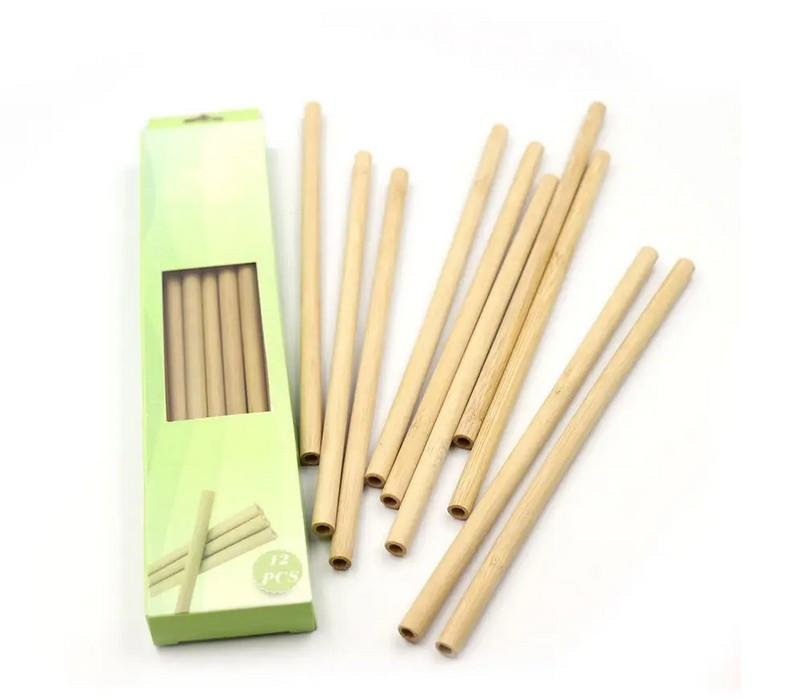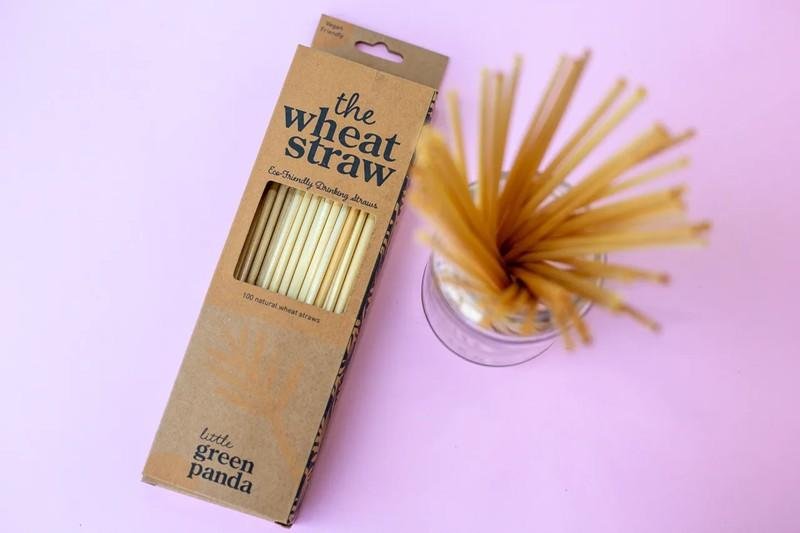
The paper cup in the middle is the most controversial. Although the disposable paper cups on the market are paper cups, the most important thing is that the waterproof plastic inside the paper cup is not recyclable. Pure paper cups cannot resist the double attack of coffee heat and humidity, and this thin plastic layer is also harmful. When it is filled with hot drinks, the microplastic layer will degrade and release plastic particles into the hot drinks.
Do you know what the straw you’re using is made of? In recent years, people’s awareness of environmental protection has increased, and various environmentally friendly products have appeared, calling on everyone to start from the details of life. Many stores have begun to implement plastic reduction policies to reduce the use of disposable tableware. Many well-known chain fast food industries have adopted direct-to-mouth alternatives. Many chain tea shops have also switched to paper straws or straws made of easily decomposable materials instead of the original plastic straws to achieve environmental protection and reuse. So, do you know the advantages of various types of straws on the market now?
Stainless Steel Straws
Stainless steel straws are the earliest environmentally friendly straws. The price of stainless steel straws is very wide, because of the relationship between the materials used, there are common food grades and medical grades. The advantage of the stainless steel straw is that it is not easy to break or deform, but the disadvantage is that the inside cannot be seen clearly, and it is difficult to confirm whether the inside is clean, and it is recommended not to use a cloth to clean the stainless steel straw, which will cause scratches on the surface and easy to harbor bacteria. It is recommended to use soft brush for cleaning.
Glass Straws
The advantages and disadvantages of glass straws and stainless steel straws are exactly the opposite. The glass straw can clearly see whether it is clean and looks very textured, but the disadvantage is that it is more fragile and easy to break, and if colored glass dyes are used, they may dissolve when exposed to high temperatures. So many people don’t recommend using glass straws.
Bamboo Straws
Bamboo straws are very friendly to the environment, can be decomposed naturally, natural and safe, and the material is strong and reusable. However, special attention should be paid to cleaning, after use, it must be washed immediately and air-dried, so as not to breed mold or absorb odors.
Silicone Straws
The silicone straw is very easy to store, easy to bend and can be taken away at any time, and it is not easy to be damaged. It is suitable for children and friends who have the habit of biting straws. However, if it is used for a long time, it is easy to accumulate dirt and dirt. It is the same as bamboo straws, which is not cleaned immediately after use, it is easy to absorb color and smell, and because it is too soft, it is difficult to insert it directly into the plastic sealing film, and external tools are required.
Wheat Straws
Wheat straws are naturally non-toxic and easy to decompose, with very little burden on the environment. As early as the Mesopotamian period, humans used wheat stalks for food, because wheat stalks themselves are hollow materials and do not require special manufacturing. Because of its naturalness, it will have some natural taste of wheat straw when drinking, and you can feel the natural and unburdened taste of wheat straws, but some people don’t like this taste.
Plastic Straws
Plastic straws are colorful and fashionable, and are loved by many children. These straws are heat resistant, easy to store and inexpensive. However, plastic and harmful substances will be released at high temperatures, and it will degrade for hundreds or even thousands of years after use, which is not friendly to the environment and people.
Paper Straws
The material of paper straws is paper, so the pollution to the environment or the pollution of the manufacturing process is less burdensome to the environment. Many beverage shop owners use paper straws instead of the original plastic straws. However, paper straws are still disposable straws, so garbage will still be generated after use, and some paper straws may have residual fluorescent agents, and drinking beverages with paper straws may also face the problem of softness.
PLA Straws
Polylactic acid (PLA) is a novel biodegradable material made from starch raw materials proposed from renewable plant resources such as corn. It is taken from nature, and it is degradable, will not pollute the environment, and is very environmentally friendly. However, PLA straws have a short shelf life because they degrade quickly, usually about 12 months, and they will degrade by themselves after being stored for a long time.
The appearance of PLA straws looks similar to ordinary plastic straws, but in fact it only takes 3 simple steps to distinguish them:
- First, put the straw in the water.
If the straw sinks, it is a PLA straw, and if it floats, it is a plastic straw.
- Second, bend the straw.
If there are obvious creases, it is a PLA straw. If the crease is not obvious, it is a plastic straw.
- Third, put the straw in warm water (above 45 degrees).
If it is not resistant to high temperature and bends, it is a PLA straw, and if it is still intact, it is a plastic straw.
Since the government began to ban disposable plastic straws, it is extremely important to find an environmentally friendly straw that is exclusive to you. All countries in the world are working hard to reduce plastic, and there are hundreds of kinds of straws on the market. I hope everyone can find a straw that suits them, save marine animals, and protect the earth’s environment!
Keywords: environmental protection, environmentally friendly products, plastic reduction policies, disposable tableware, fast food , tea shops, paper straws, decomposable materials, plastic straws, environmentally friendly straws, stainless straw tu ral tuna straw, glass straw, strong and reusable, silicone straw, plastic sealing film, Wheat straws, special manufacturing, naturalness, drinking, high temperatures, friendly to the environment, paper straws, beverage shop, disposable straws, Polylactic acid, biodegradable raw material, starchable , degradable, pollute the environment, PLA straws, degrade quickly, warm water, reduce plastic, protect the earth’s environment





